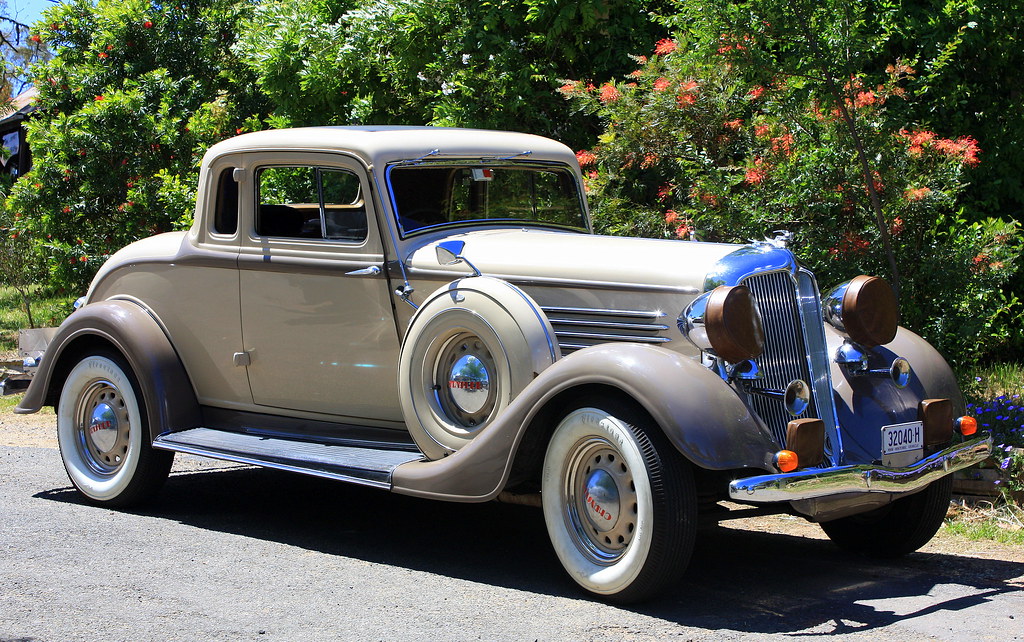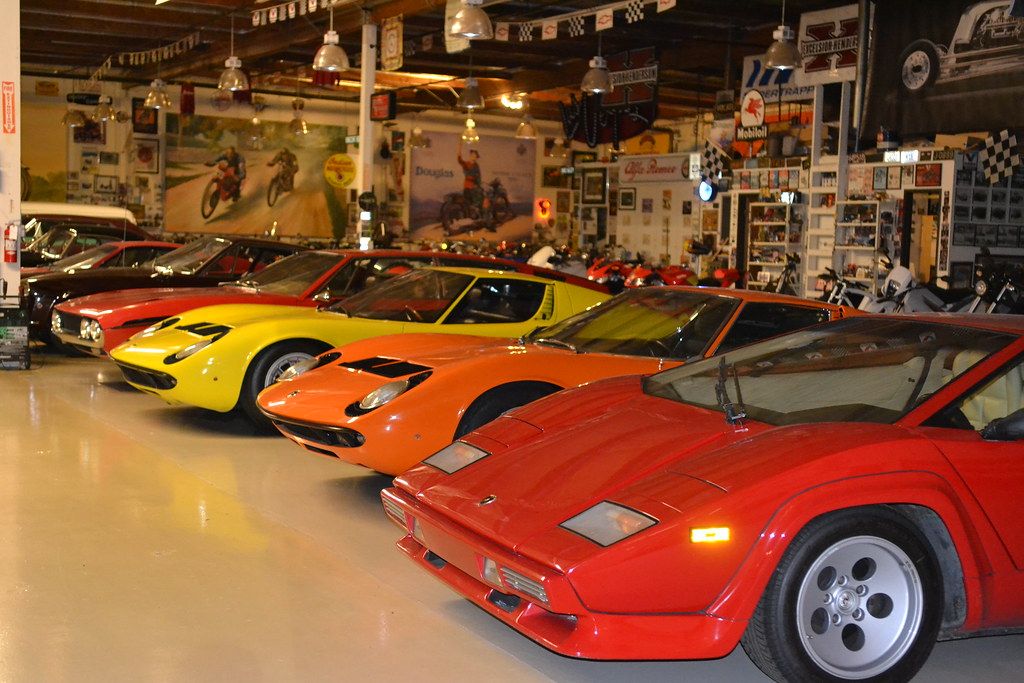
Owning a vintage convertible is often perceived as the embodiment of automotive romance—a journey back to a simpler time, offering the unparalleled thrill of open-air motoring. For many car enthusiasts and dedicated DIY restorers, it represents a cherished dream, a tangible connection to automotive history. However, beneath the allure of chrome and classic lines lies a realm of unique challenges and significant responsibilities that demand an informed and proactive approach from any owner. This isn’t merely about possessing a beautiful machine; it’s about committing to its ongoing care, understanding its specific needs, and mitigating the potential headaches that can accompany such a prized investment.
This in-depth guide is designed to empower current and prospective vintage convertible owners with the critical knowledge needed to truly get the most out of their investment and keep these rolling treasures in pristine condition. We will explore essential considerations, from the intricacies of maintaining a retractable roof to the diligent efforts required to prevent rust and locate elusive replacement parts. By offering detailed insights and practical advice, we aim to transform potential obstacles into manageable tasks, ensuring that the joy of ownership far outweighs any potential frustrations.
Navigating the world of vintage convertibles means embracing a continuous cycle of care, vigilance, and informed decision-making. These vehicles, unlike their modern counterparts, demand a particular kind of attention, not just to preserve their aesthetic appeal but to ensure their longevity and functionality. Let’s delve into the crucial aspects that define responsible vintage convertible ownership, providing you with the roadmap to a rewarding and enduring classic car experience.
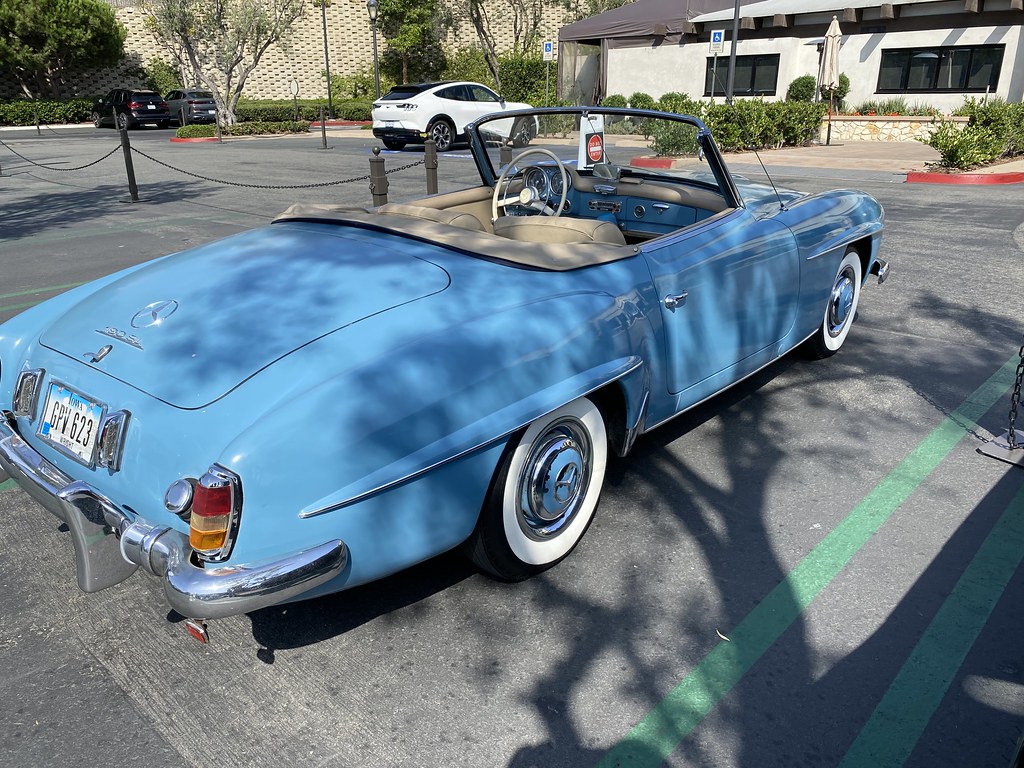
1. **The Imperative of Regular Maintenance**Owning a vintage convertible inherently requires a steadfast commitment to regular, comprehensive maintenance. This goes beyond the basic checks common to any vehicle; convertibles, by their very design, introduce additional considerations that necessitate extra diligence. It’s not just about keeping the engine running, but about preserving the entire structure, especially the unique components that define its convertible nature.
Crucial car preservation measures involve regularly inspecting mechanical components, diligently checking for any signs of leaks, and meticulously maintaining the intricate roof mechanism. These are not tasks to be overlooked or postponed; they are fundamental to avoiding more significant issues down the line. A proactive stance here can significantly extend the operational life of your cherished vehicle and protect its value.
Particular attention must be paid to the condition of seals and weather stripping around the convertible top and windows. These often-overlooked elements form the primary barrier against water intrusion. If compromised, they can allow moisture to seep into the interior, leading to potential damage to the upholstery, electronics, and even promoting rust within the vehicle’s bodywork.
Beyond these convertible-specific points, standard automotive care remains paramount. Regular oil changes, thorough brake inspections, and diligent tire maintenance are foundational to keeping your vintage convertible running smoothly and safely. Consistently staying on top of these routine tasks can preempt costly repairs and ensure a reliable and enjoyable driving experience every time you take your classic out for a spin.
By embracing a regimen of thorough and consistent maintenance, owners can prevent minor issues from escalating into major, expensive problems. This commitment safeguards the vehicle’s mechanical integrity, protects its aesthetic appeal, and ultimately contributes to its long-term preservation and enjoyment. It is the cornerstone of responsible vintage convertible stewardship.
Read more about: The Hidden Engineering of Your Future: Unpacking the Power and Precision of a Last Will and Testament
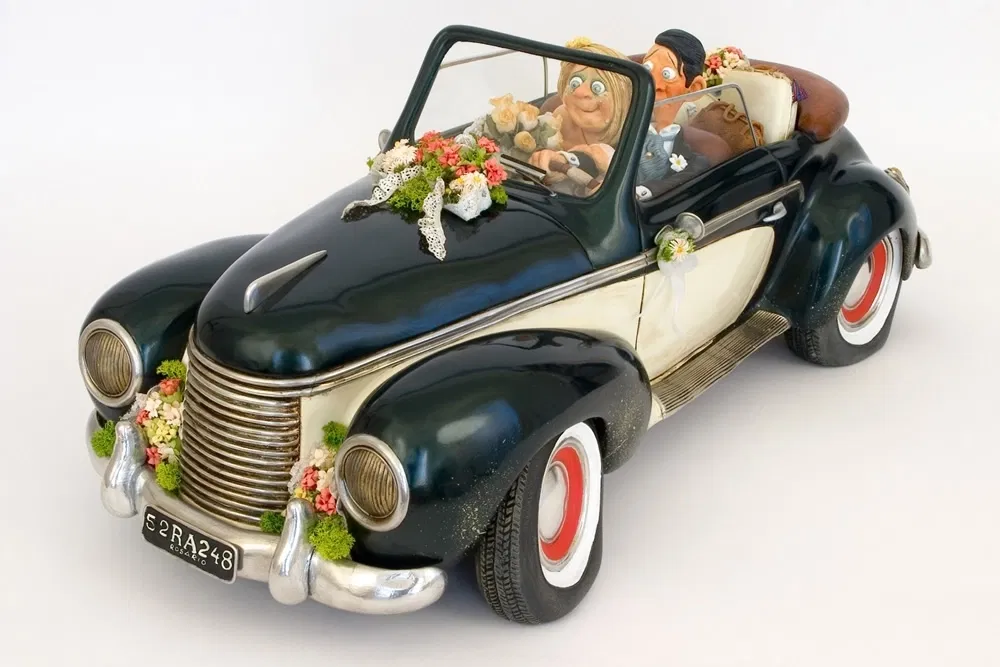
2. **Mastering Convertible Top Care**The retractable roof is arguably the most defining, and often most delicate, feature of any convertible, playing a significant role in both the car’s functionality and its overall value. Given its exposure to the elements and its complex operation, the convertible top demands specialized and consistent care. Understanding its specific requirements is paramount for its longevity and performance.
Older convertibles typically come equipped with tops made from fabric (such as cloth or canvas), vinyl, or sometimes leather, each material presenting its own unique set of care instructions. For instance, regular cleaning and conditioning are vital to keep the top’s material supple and in good shape, preventing the premature cracking or fading that can result from constant exposure to sunlight and environmental factors. Using products specifically designed for the material type is crucial to avoid damage.
For the DIY restorer, it is essential to develop the knowledge and skills to inspect the top’s mechanism regularly, particularly if the vehicle isn’t driven frequently. Whether your vintage convertible features a manual or a power-operated roof, all moving parts require consistent lubrication to ensure smooth operation and prevent wear. Neglecting this aspect of roof maintenance can lead to a stiff, unresponsive mechanism, and ultimately, expensive repairs that could have been easily avoided with routine attention.
One fundamental step in proper top care is accurately identifying the material of your convertible top—whether it’s vinyl or a fabric like cloth or canvas. While you can consult your car manufacturer or check the owner’s manual, a simple home test involves applying a small amount of water to the top. If the water soaks in, it’s likely fabric; if it smears and does not absorb, it’s probably vinyl. This distinction is critical because cleaning and protection products are material-specific.
Moreover, the care extends to how you handle the top during routine cleaning. Avoid direct sunlight when washing to prevent sun spots, and always wash the entire top rather than spot cleaning, which can create unsightly rings. Wet the top thoroughly to remove dirt and debris before applying specialized cleaners. While a soft-bristle brush can be a last resort for fabric tops, gentle methods are always preferred to avoid pilling or damage to the material. Crucially, steer clear of wax, as it can attract contaminants and shorten the convertible material’s life.
Read more about: Paul Newman’s Hidden Drive: Unpacking the Hollywood Icon’s Illustrious Racing Career and Unbroken Records on the Track
3. **Vigilance Against Rust and Corrosion**Rust remains the unrelenting adversary of any classic car, and vintage convertibles are particularly vulnerable due to their design and the potential for water ingress. The very nature of a convertible, with its movable top and numerous seals, means that if these protective elements are not in perfect condition, water can easily find its way into the vehicle’s hidden crevices.
Owners must adopt a proactive approach to detect and address rust early. This involves regularly checking the undercarriage, wheel wells, and other notoriously vulnerable areas where moisture tends to accumulate and corrosion thrives. Early detection is crucial, as rust, once established, can spread rapidly and cause extensive, structural damage that is far more challenging and costly to remedy.
Addressing rust with appropriate treatments as soon as it appears is a non-negotiable step in maintaining a vintage convertible. This not only stops the spread but also prevents further deterioration of the vehicle’s bodywork. A variety of rust-proofing agents are available, and understanding their application can be a significant advantage for the DIY enthusiast.
Furthermore, developing skills in undertaking minor bodywork repairs yourself can be incredibly beneficial. This might include sanding down small patches of surface rust, applying primer, and repainting. These self-sufficiency measures can save owners from significant expenses typically incurred at professional body shops, thereby helping to keep the convertible in pristine condition while preserving its authenticity.
Preventing rust goes hand-in-hand with effective water management. Ensuring that the convertible top’s seals and weather stripping are meticulously maintained, as discussed previously, directly contributes to minimizing the risk of water infiltration. A dry interior and protected metal surfaces are your best defense against the relentless march of corrosion, ensuring your vintage convertible remains structurally sound for years to come.
Read more about: Beyond the Showroom Shine: Why Some Vans Rust Fast and 10 Expert Strategies to Conquer Corrosion Before Winter
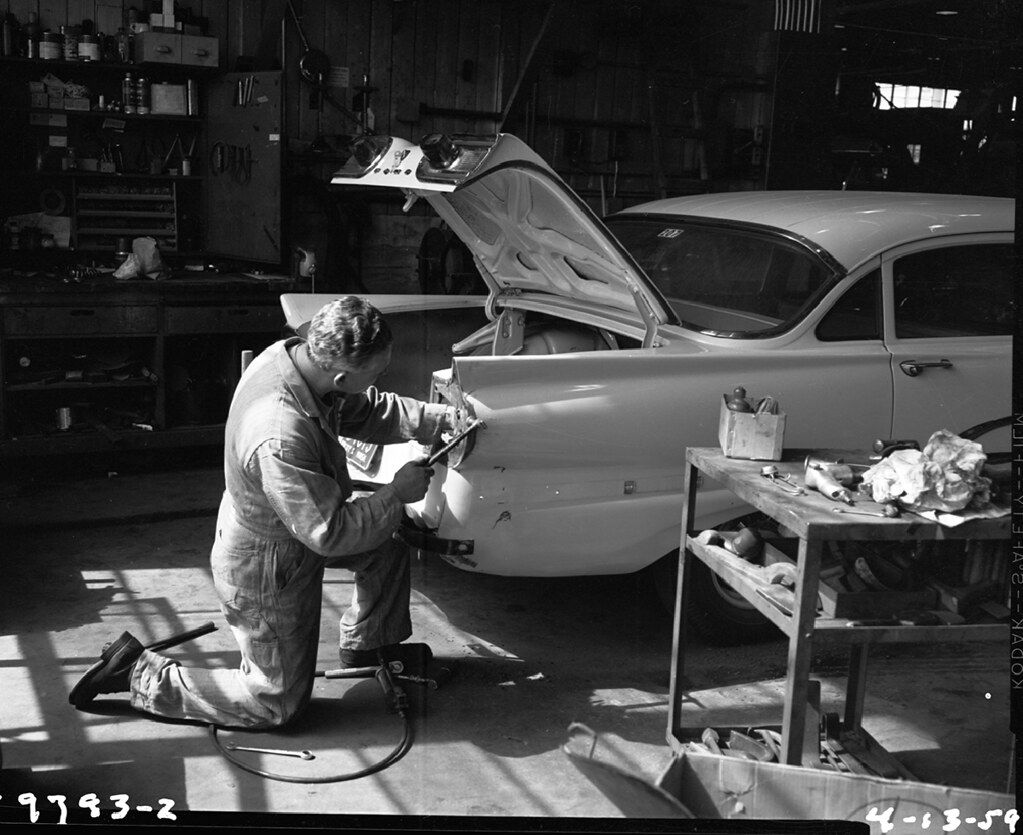
4. **Navigating the Labyrinth of Replacement Parts**One of the most daunting aspects of owning a vintage convertible, particularly for less common makes and models, is the often-challenging quest for replacement parts. Unlike modern vehicles with readily available components, sourcing authentic or compatible parts for a classic can be a time-consuming and sometimes expensive endeavor. This hurdle frequently keeps potential buyers at bay, as the fear of insurmountable repair costs looms large.
Thorough research into where to source genuine or compatible parts is an essential preliminary step for any vintage convertible owner or aspiring buyer. This knowledge can save considerable frustration and expense. Understanding how to discern high-quality replacement components from inferior alternatives is a critical skill for any DIY enthusiast, as using substandard parts can compromise both the safety and authenticity of the vehicle.
Joining vintage car clubs or online forums dedicated to specific makes and models is an invaluable strategy. These communities are often treasure troves of information, where fellow enthusiasts share their knowledge, experiences, and, crucially, resources for reputable parts suppliers. Such networks can provide access to rare finds, specialized manufacturers, or even individuals who stock spare parts from their own restoration projects.
Additionally, several specialized companies exist that dedicate themselves to reproducing parts for vintage convertibles. These manufacturers often create components to original specifications, helping owners maintain the car’s authenticity while ensuring it remains fully functional and runs smoothly. While these reproduction parts may come at a premium, they offer a reliable solution when original parts are simply unobtainable.
The search for parts is not just about functionality; it also impacts the vehicle’s overall value and historical integrity. Documenting all sourced parts, especially original or high-quality reproductions, becomes crucial for future appraisal or sale. This meticulous record-keeping provides transparency and substantiates the care and investment poured into the vehicle, ultimately influencing its market standing.
Read more about: Navigating Auto Insurance: 14 Key Factors Driving Costs Across States for Savvy Drivers
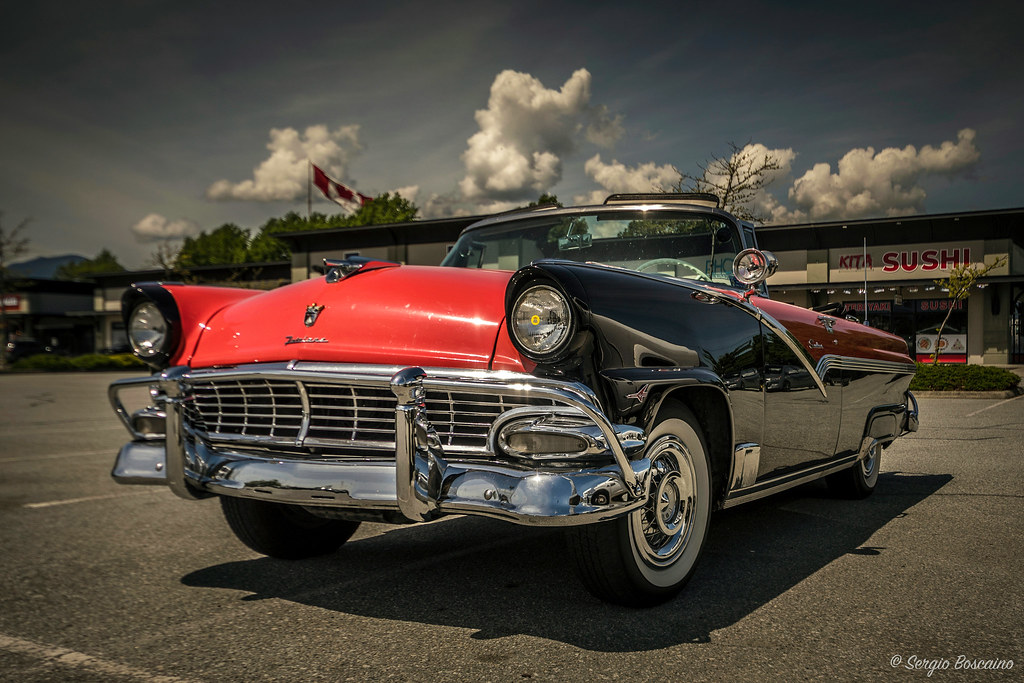
5. **Preserving Interior Elegance: Upholstery Restoration**The interior of a vintage convertible holds as much significance as its gleaming exterior, contributing profoundly to the vehicle’s character and collectible value. In older models, the upholstery—often crafted from luxurious leather, durable vinyl, or classic cloth—is particularly susceptible to the ravages of time and exposure. These materials can crack, fade, or develop tears, especially when regularly exposed to sunlight, temperature fluctuations, and moisture.
For car enthusiasts, restoring or meticulously maintaining vintage upholstery can be a deeply rewarding DIY project. It’s an opportunity to directly engage with the vehicle’s history and bring its internal aesthetics back to their former glory. Learning the proper techniques for cleaning and conditioning these delicate materials is crucial, as it helps preserve their original appearance and structural integrity, warding off the common signs of aging.
Should the damage to the upholstery be beyond simple repair or conditioning, the next step involves sourcing original or high-quality reproduction materials. The market for vintage automotive interiors has expanded, with specialists offering authentic fabrics, leathers, and vinyls that match historical specifications. Reupholstering the interior, whether done professionally or as an ambitious DIY undertaking, is a transformative way to breathe new life into the car’s cabin.
Beyond aesthetics, well-maintained upholstery also protects the underlying seat structures and interior components. Faded or torn materials not only detract from the car’s visual appeal but can also expose foam padding or metal frames to further deterioration. Therefore, upholstery care is an integral part of comprehensive vehicle preservation, ensuring that the interior remains comfortable, beautiful, and authentic to its era.
Moreover, the condition of the interior significantly impacts the vintage convertible’s market value. A pristine, well-preserved, or expertly restored cabin signals a vehicle that has been cared for holistically. Potential buyers recognize the effort and investment, appreciating an interior that reflects the external beauty and mechanical soundness of the classic car. This attention to detail elevates the convertible from merely a mode of transport to a true automotive artifact.
Read more about: Where Do You Really Draw the Line with Restomods? A Deep Dive into the Soul of Modified Classics
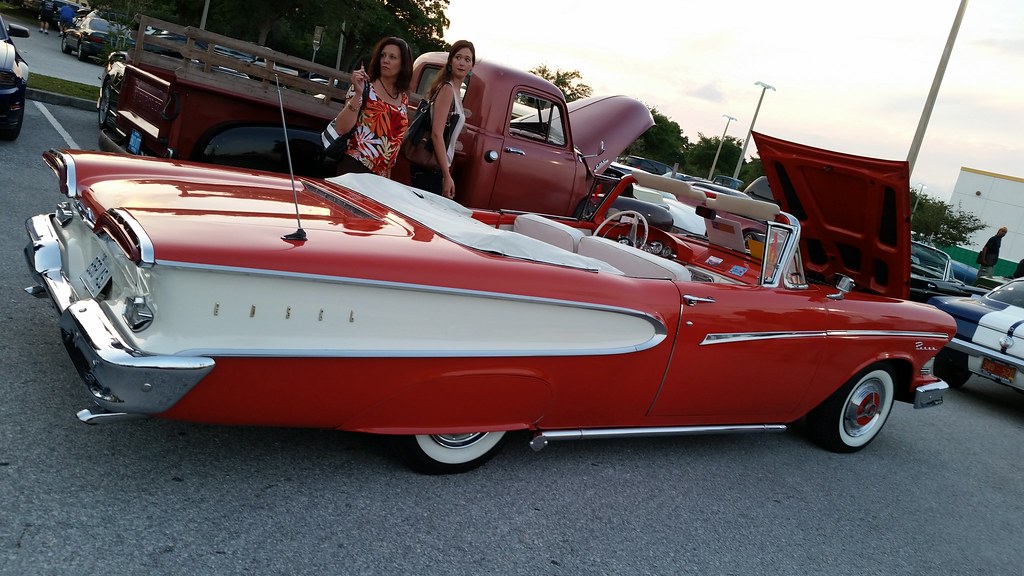
6. **Securing Your Investment: Specialized Insurance**Unlike many modern vehicles that depreciate rapidly, a vintage convertible can be a proper investment, with its value potentially increasing over time—provided it is meticulously maintained and preserved. Given this unique financial dynamic, securing the right insurance coverage is not merely a formality; it is an absolutely essential step to protect this appreciating asset. Standard car insurance policies are typically inadequate, offering insufficient coverage for the distinct needs and value proposition of a classic vehicle.
Therefore, owners must actively seek out insurance companies that specialize in classic cars. These providers understand the nuances of vintage vehicle ownership and offer tailored policies that address the specific risks and valuations involved. Such specialized coverage is designed to protect your significant investment in a way that conventional policies simply cannot.
One of the most critical features of classic car insurance is agreed-value coverage. This means that, in the unfortunate event of a total loss, the insurance company will compensate you for the car’s full appraised value, which is agreed upon at the outset of the policy. This eliminates disputes over depreciated market value, ensuring you receive a fair and accurate payout that reflects the true worth of your cherished convertible.
Furthermore, these specialized policies often extend coverage to include spare parts and restoration work, acknowledging that these are integral components of maintaining a vintage car. This can be invaluable, as the cost of sourcing rare parts or undertaking complex restoration projects can be substantial. Knowing these aspects are covered provides immense peace of mind for owners dedicated to preserving their vehicles.
Additionally, many classic car insurance providers offer limited-use policies. These are ideal for vehicles that are not driven frequently, such as those reserved for weekend cruises, car shows, or seasonal enjoyment. Limited-use policies typically come with lower premiums, recognizing that the vehicle’s exposure to risk is reduced, while still providing comprehensive protection when it is on the road or in storage.
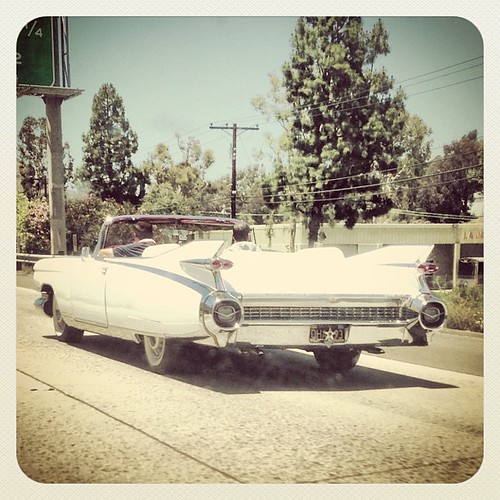
7. **The Unique Dynamics of Vintage Convertible Driving**Driving a vintage convertible offers an experience that is truly unparalleled, a sensory delight that modern cars struggle to replicate. The liberating sensation of open-top freedom, combined with the distinct mechanical nuances of a classic vehicle, fosters a deep sense of connection between driver and machine. It’s a journey that engages more than just the hands on the wheel; it engages the soul.
However, it is crucial for drivers to acknowledge that vintage cars often lack the advanced safety features that are standard in contemporary vehicles. Elements such as airbags, anti-lock brakes (ABS), traction control, and electronic stability programs were either non-existent or rudimentary in their era. This absence necessitates a heightened level of awareness, care, and attention from the driver.
Being acutely mindful of road conditions is paramount. Vintage convertibles may handle differently in various environments, and their braking capabilities are typically less responsive than modern systems. Avoiding extreme weather, especially heavy rain or icy conditions, is also a sensible precaution, given the potential for reduced visibility, traction, and overall vehicle control.
Regular and meticulous inspection of critical safety components—such as brakes, tires, and the steering system—is an ongoing responsibility. These systems are fundamental to safe operation, and their performance can degrade over time. Proactive checks ensure they are in optimal working order, providing the driver with confidence and control.
Due to the vehicle’s age, certain mechanical components may not perform with the same precision or efficiency as they once did. Therefore, keeping a watchful eye on the car’s overall performance—listening for unusual noises, noting changes in handling, or observing warning signs—is essential. This vigilance allows for early detection of potential issues, enabling timely intervention and preventing minor problems from becoming significant hazards on the road. The joy of driving a vintage convertible is immense, but it comes with the understanding that the driver is a more integral part of the safety system.
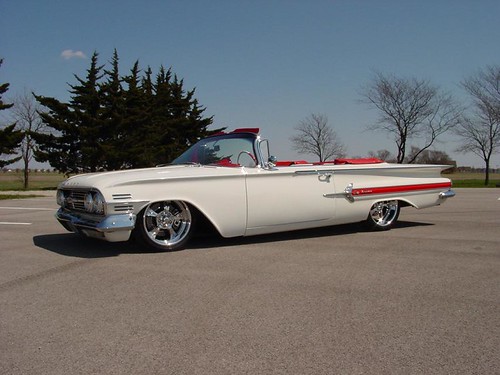
### 8. Long-Term Vehicle Preservation Strategies
The allure of a vintage convertible demands a dedicated commitment to its long-term preservation, extending beyond routine maintenance. Essential strategies must shield these classics from environmental damage, ensuring they remain cherished for decades. This proactive approach is key to safeguarding your investment.
Proper storage is paramount. An enclosed garage offers ideal protection from weather, temperature fluctuations, and theft. If a garage isn’t an option, a high-quality, weather-resistant car cover designed specifically for convertibles becomes a vital defense against dust, moisture, and UV exposure.
For periods of extended inactivity, several steps are crucial. Disconnect the battery to prevent drainage, and inflate tires to correct pressure to avoid flat spots. Additionally, using fuel stabilizers prevents gasoline degradation, averting costly carburetor and fuel line issues upon recommissioning.
Alternatively, avoiding prolonged dormancy by regularly starting the engine and taking short, gentle drives is beneficial. This keeps fluids circulating, lubricates seals, and prevents components from seizing, while maintaining battery charge. Such engagement ensures the vehicle’s systems remain functional, ready for adventure, strengthening your connection with the classic car.
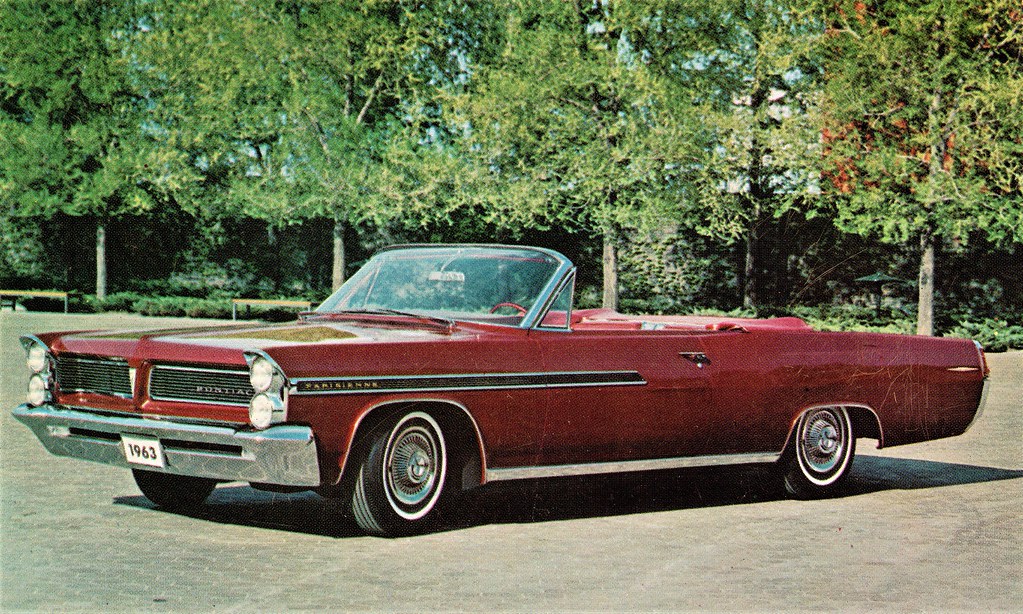
### 9. The Rewards and Realities of DIY Restoration
For vintage convertible owners, restoration is often a profound labor of love, deeply connecting them with automotive history. Transforming a weathered classic back to its former glory offers unparalleled satisfaction, embedding personal craftsmanship directly into the vehicle’s legacy.
The “Joy of DIY Restoration” offers a unique chance to engage intimately with car culture and acquire invaluable mechanical and aesthetic skills. This clarifies complex workings, fostering deep appreciation for the engineering, as each completed task contributes to a sense of accomplishment.
Restoration projects also serve as excellent catalysts for bonding with other enthusiasts. Through car shows, online forums, or workshops, owners share experiences and celebrate collective achievements. This camaraderie enriches ownership, transforming solitary pursuit into a vibrant, shared passion within the vintage car community.
While DIY restoration demands patience and can be time-consuming and financially challenging, the rewards are immense. The pride of driving a personally restored vintage convertible elevates it to a rolling work of art. This enduring satisfaction of preserving history with your own hands makes every effort profoundly worthwhile.
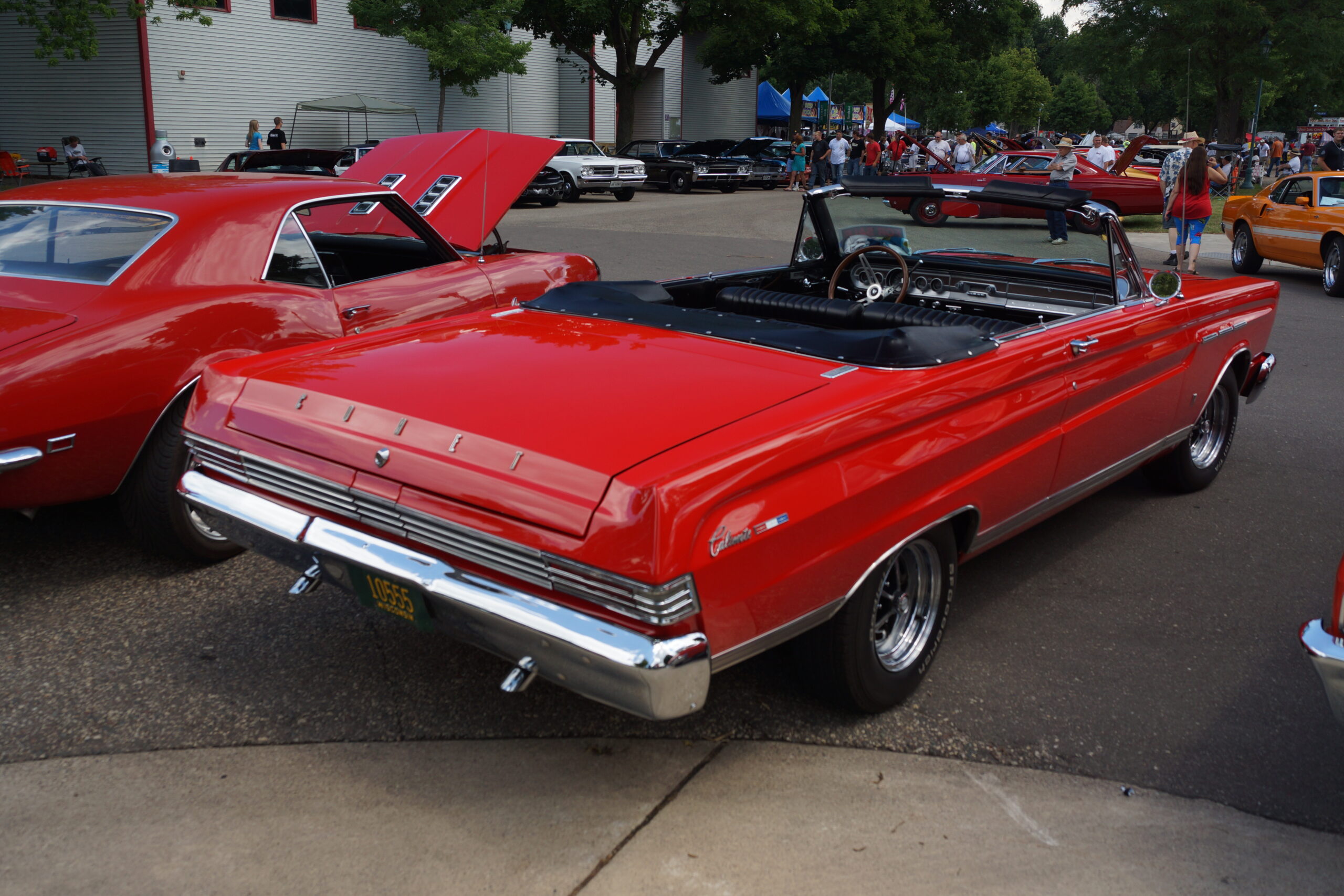
### 10. Understanding and Tracking Market Value
For any vintage convertible owner, understanding its market value is indispensable, whether for long-term enjoyment or eventual sale. Unlike modern vehicles, a well-maintained vintage convertible can appreciate, making informed valuation crucial.
Market value is dynamic, influenced by rarity, condition, and demand for specific makes and models. Monitoring classic car auctions and researching similar vehicles provides invaluable comparative data for accurate assessment and realistic pricing.
Crucially, comprehensive documentation—restoration work, maintenance records, and car history—is essential for any potential sale. This transparency builds buyer confidence and significantly influences the vehicle’s market standing and selling price.
A well-documented, meticulously preserved, and expertly maintained vintage convertible invariably commands a higher market value. It signals a cherished asset, ensuring the best possible return on your investment, reflecting the true worth of your classic gem.
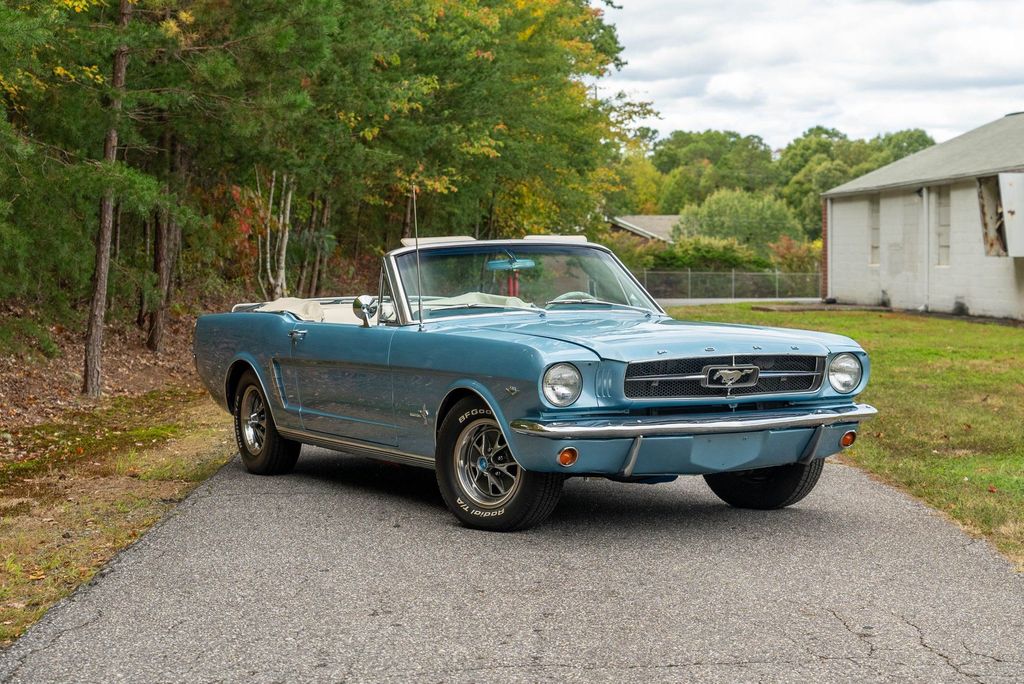
### 11. Differentiating Convertible Top Materials: Vinyl vs. Fabric Care
Accurate identification of your convertible top’s material is foundational for proper maintenance, as vinyl and fabric tops demand distinct care regimens. Understanding these differences is crucial for longevity, aesthetics, and preventing costly premature wear. Optimal preservation requires addressing specific material needs.
To determine your top’s material, consult the owner’s manual or perform a simple water test: if water soaks in, it’s likely fabric; if it smears, it’s probably vinyl. Once identified, care diverges significantly. Fabric tops, treated for water repellency, require specialized protectants applied in light, monthly layers after washing and drying to maintain their properties.
Vinyl tops, however, need a different approach to preserve their texture and color. After cleaning, a vinyl-specific protectant should be used to guard against UV rays, grease, and dirt, focusing on maintaining pliability and preventing cracking or fading. Regular weekly washes and monthly protectant applications are recommended. This targeted, material-specific care ensures your convertible top remains supple, vibrant, and fully functional.
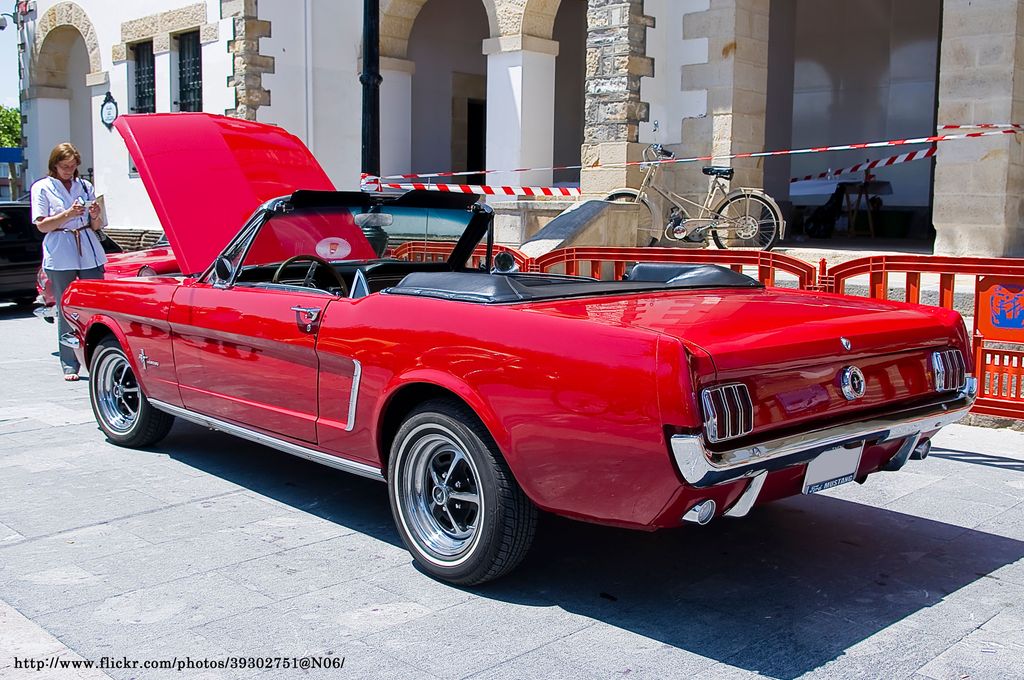
### 12. Selecting the Right Cleaning Products for Your Convertible Top
Choosing appropriate cleaning products for your convertible top is critical, directly impacting its integrity and lifespan. Generic household cleaners are detrimental to delicate fabrics and vinyls, potentially causing irreversible damage. A discerning approach to product selection is thus essential for preserving this defining feature.
Avoid common household agents like ammonia, bleach, harsh detergents, alcohol, and vinegar. These strip protective coatings, bleach colors, or degrade the material. The rule is to use only cleaners specifically formulated for your particular convertible top material—fabric or vinyl.
For routine, light cleaning, a monthly rinse with clear water suffices. For visibly dirty tops, a dedicated cleaner and protectant is necessary. Crucially, avoid products with gloss enhancers, as these attract contaminants and create unsuitable artificial sheens.
Many reputable automotive brands offer specialized convertible top products, engineered to clean effectively without harm. Committing to these purpose-built cleaners preserves the top’s aesthetic appeal and functional integrity, ensuring it protects the interior for years.
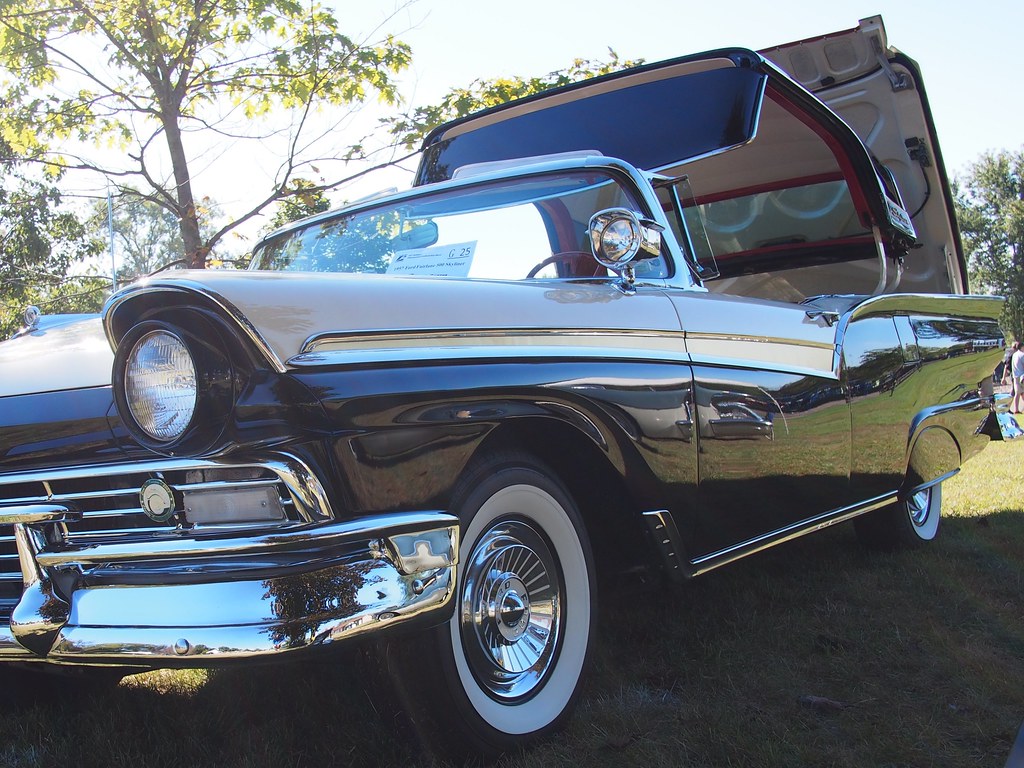
### 13. Hardtop Convertible Specific Maintenance
Hardtop convertibles, offering enhanced protection from elements and theft, present distinct maintenance considerations due to their construction. Their robust design, typically using materials similar to body panels, introduces unique requirements for owners to understand.
Cleaning a hardtop is generally straightforward, often achievable with a regular car wash, similar to the rest of the vehicle. While durable, hardtops often weigh more than soft-tops, impacting performance, and their retraction mechanism consumes significant trunk space.
Critical attention is needed for the rear window, crafted from glass like other vehicle windows. It requires regular inspection and cleaning to be free from obstructions like tree sap. Maintaining clear visibility is paramount for safety.
Diligent inspection of all top and door seals is essential to prevent water infiltration, which can cause interior damage or corrosion. Consistent lubrication of the hardtop’s intricate mechanism with a silicon-based, pH-neutral product helps it slide efficiently, prevents corrosion, and mitigates wear, extending its operational life.
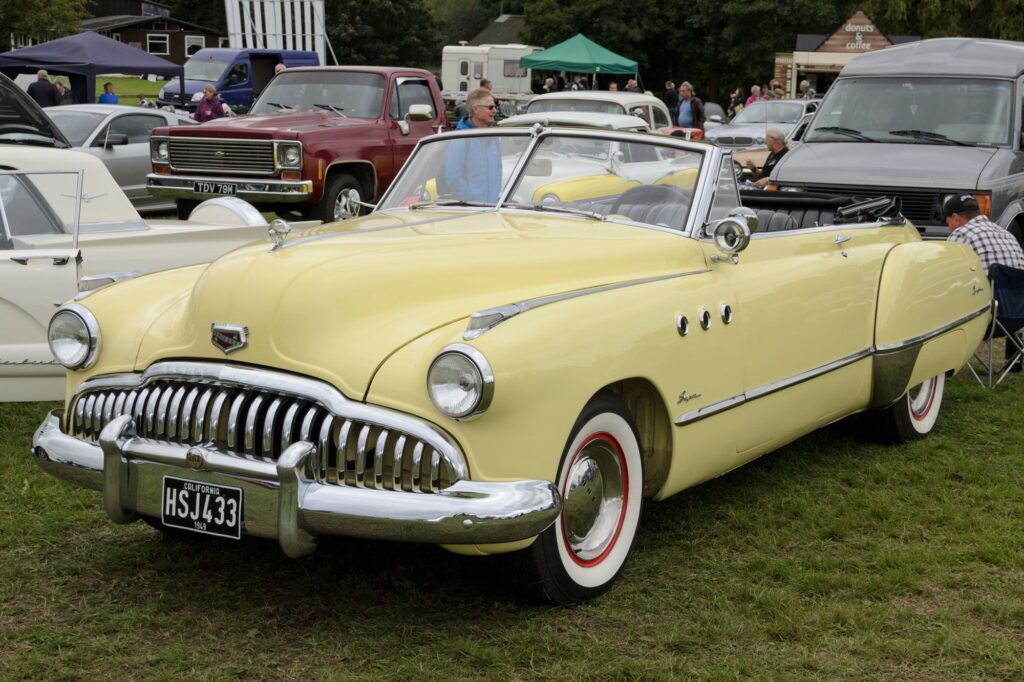
### 14. Soft-Top Convertible Specific Maintenance and Cleaning
Soft-top convertibles, with their pliable fabric or vinyl roofs, embody the quintessential convertible experience but demand a distinct and vigilant maintenance approach. More susceptible to environmental wear, meticulous care is essential to preserve both aesthetics and functionality, as neglecting these specifics can lead to unsightly damage and costly repairs over time.
Regularly inspect door seals for leaks, which can damage the interior. The soft-top material is prone to ripping, and its underlying mechanism can gather dust and debris. Proactively clearing accumulated material and repairing minor tears or worn straps early can prevent more significant, expensive damage from escalating.
Cleaning frequency depends on the material: fabric, cloth, or canvas soft-tops typically need cleaning three to four times per year, while vinyl soft-tops, more susceptible to UV degradation, should be cleaned more frequently, ideally every four to five weeks. While DIY cleaning is possible, specialized car wash facilities often provide expert services.
For home cleaning, if safe to remove, lay the top flat on a protected surface for thorough access. Gently remove excess dirt with a soft brush or rag. Apply a dedicated soft-top cleaner using a soft sponge or microfiber towel, avoiding vigorous scrubbing to prevent material damage. Rinse thoroughly with a gentle spray from a hose or pressure washer (on “coarse” to “medium” setting), *never* using hard settings that could rip the fabric. Immediately dry the top completely to prevent mold and water spots. Finally, apply a material-specific protectant: water-repellent for fabric tops, and UV-protective for vinyl, to ensure lasting beauty and function.
Read more about: Buyer Beware: 7 Hatchbacks That Won’t Make it to 10 Years Without Constant Corrosion
The journey of vintage convertible ownership, though unique, promises immense joys alongside specific responsibilities. From critical maintenance and rust prevention to specialized top care and rewarding restoration, each aspect demands a discerning eye and committed hand. By embracing these insights, owners transform potential “maintenance headaches” into manageable tasks, ensuring these magnificent machines continue to captivate for generations. Your vintage convertible is more than a car; it’s a living piece of history, an investment in timeless automotive artistry that, with proper care, delivers unparalleled open-road adventures.

